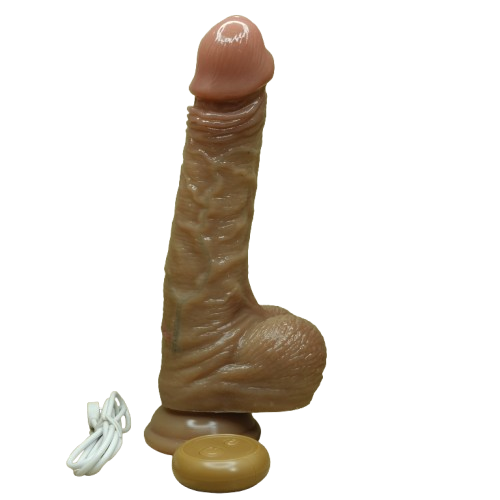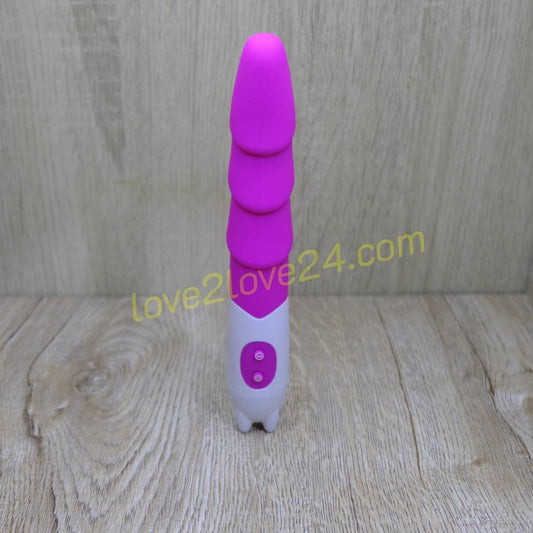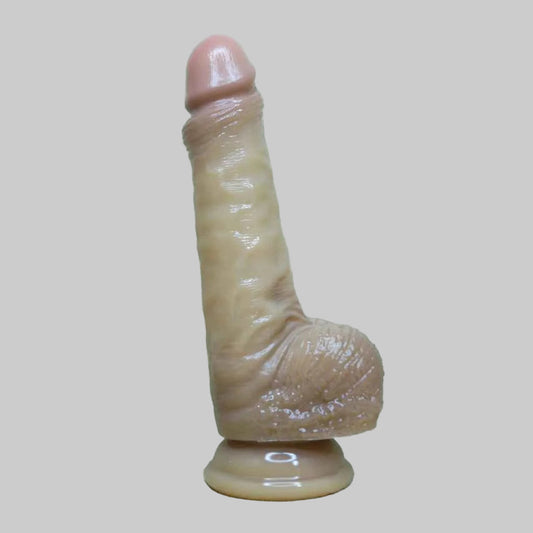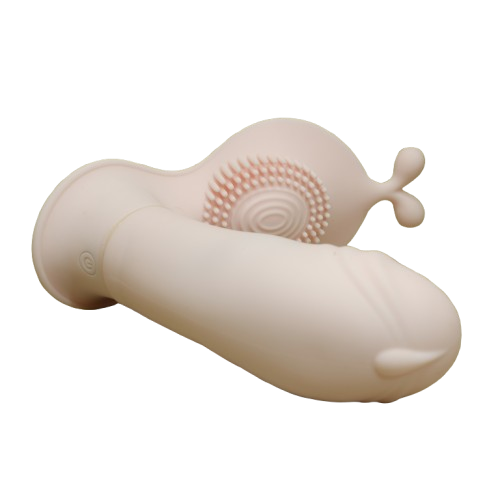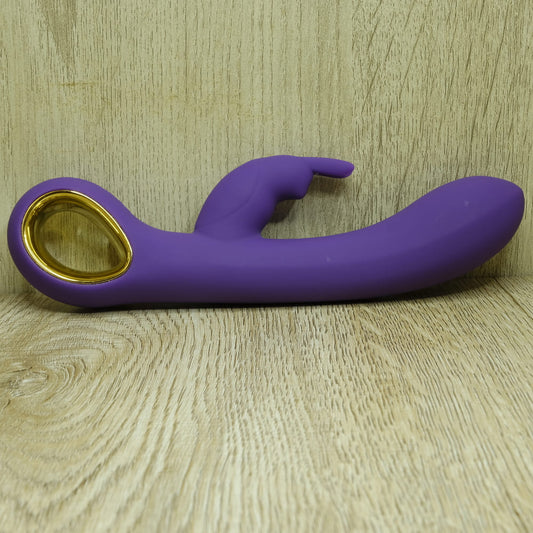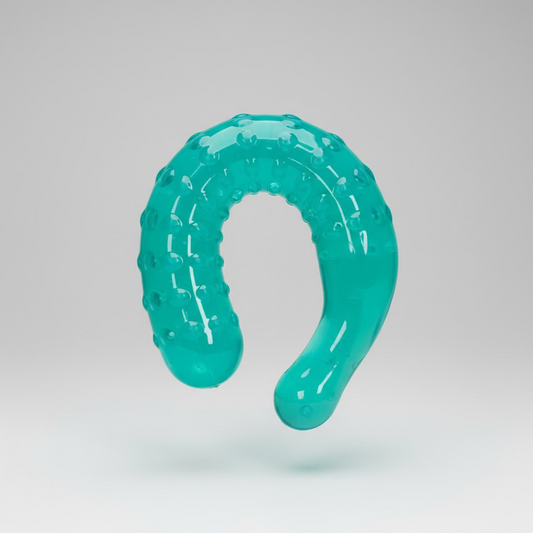
Dildo Buying Guide: 9 Popular Materials, Their Pros and Cons, and Which One is Safest for You
Share
Introduction
Choosing your first dildo or vibrator can be exciting, but it can also be confusing. There are so many materials on the market, from silicone to glass. The important question is: which material is the safest? And which one is best for your needs?
This guide will take you through nine popular dildo materials, including their pros, cons, and what to know about care and maintenance, so you can confidently and safely choose your new "playmate."
1. Why is "material" more important than "price"?
As a product that comes into direct contact with sensitive skin and mucous membranes, material safety is of utmost importance. Substandard dildos may contain harmful chemicals (Phthalates) that can be absorbed into the body, so choosing a body-safe material is essential.
2. 9 Popular Materials for Dildos (with Pros and Cons)
We divide materials into three main groups: silicone/rubber, hard materials, and natural materials.

Group 1: Silicone and rubber materials (Safe & Versatile)
| material | Pros | Cons | Things to know (Safety) |
|---|---|---|---|
| 1. Premium grade silicone (Platinum-Cured Silicone) | 100% safe (Body-Safe), non-absorbent, easy to clean, soft and realistic touch, very durable. | Higher price than other materials, do not use with silicone-based lubricants. | It is the best and safest option. |
| 2. TPE/TPR (ThermoPlastic Elastomer/Rubber) | Cheap, flexible, rubbery feel, available in a variety of colors and shapes. | Highly porous, easily harbors germs, not resistant to temperature, has a rubbery smell when used for a long time. | It should be thoroughly cleaned after each use and is not recommended for long-term use. |
| 3. Rubber (Rubber / Latex) | Flexible and affordable | It is porous, may cause latex allergy in some people, has a strong rubber smell. | Not recommended for those with allergies and those who need to take great care with cleanliness. |

Group 2: Solid Materials (Firm & Temperature Play)
| material | Pros | Cons | Things to know (Safety) |
|---|---|---|---|
| 4. Glass | 100% Safe (Non-Porous), Very Easy to Clean, Suitable for playing with temperature (cold or warm) | Not flexible, may break if dropped from a height, expensive | Special care must be taken when using it, it should not be heated in a microwave. |
| 5. Metal/Stainless Steel | Safe (Non-Porous), easy to clean, weighted, suitable for playing with temperature and solid feel. | Not flexible, may be too cold to the touch at first | It is quite heavy, so use it with caution. |
| 6. Acrylic/Hard Plastic | Strong, durable, inexpensive, clear color or beautiful pattern | May not provide as comfortable a touch as silicone, some grades contain chemicals. | It is important to check that the grade is Body-Safe and Non-Porous. |

Group 3: Natural & Organic Materials
| material | Pros | Cons | Things to know (Safety) |
|---|---|---|---|
| 7. Stone | Beautiful, unique, safe (Non-Porous) | They are expensive and must be cleaned carefully to avoid cracking or chipping. | Make sure the stone is perfectly polished and has no sharp edges. |
| 8. Wood | Gives a natural touch, has a woody scent | Highly porous, easily absorbs liquids and germs, may break or chip. | It is not recommended for insertion and should be used for external massage only. |
| 9. Candle/Wax | For creating custom shapes | Easily soluble, often porous | Not suitable for regular use, should be used for novelty only. |
3. Conclusion: Which material is safest for you?
For maximum safety and flexibility, the answer is premium grade silicone (Platinum-Cured Silicone).
- Safest: This grade of silicone is 100% Non-Porous, prevents bacteria buildup, and is free of harmful Phthalates.
- For those who prefer a cool/hard feel: Glass and stainless steel are great options as they are non-porous and very easy to clean.

4. Remember! Proper maintenance.
No matter which material you choose, the most important thing is cleaning:
- Clean immediately: Wash with warm water and mild soap or a specialized sex toy cleaner.
- Beware of lubricants: Do not use silicone-based lubricants on silicone dildos, as they can melt and damage the dildo's surface. Use water-based lubricants only.
- Storage: Store in a cloth bag or box that does not come into contact with dildos made of other TPE/rubber materials to prevent reaction and melting.


